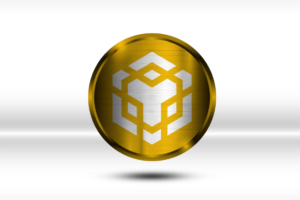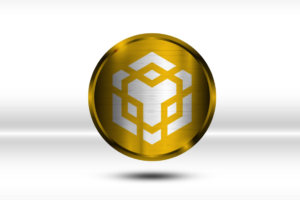
The community of Lido Finance has voted to integrate stETH on BNB Chain, further strengthening its role as a leader in the Ethereum staking sector, with 28.2% of net ETH deposits.
Let’s see all the details below.
The Lido community approves the integration of stETH on BNB Chain
As anticipated, in a recent vote concluded today, the decentralized community of Lido Finance has given the green light to the integration of the Axelar and Wormhole protocols as official solutions to connect Lido Staked ETH (stETH) to the BNB Chain.
This development represents an important step for Lido. In particular, marking the first time that the protocol expands beyond the Ethereum ecosystem to connect to an external blockchain layer-1.
Thanks to this integration, it will be possible to transfer and use over 23 billion dollars in total value locked (TVL) on BNB Chain. That is, one of the main blockchains for locked value.
Lido has emphasized the importance of this connection, which opens new opportunities for users and further strengthens Lido’s position as a leader in the staking sector.
Despite Lido’s market share in the Ether staking segment slightly falling below 30% at the beginning of 2024, the platform remains the main operator with a share of 28.2% of net Ether deposits.
This dominant position was strengthened by reaching one million validators in April 2024, contributing to a revival of the decentralized finance sector (DeFi).
Some data and considerations
According to the data from DefiLlama, the total TVL in the DeFi ecosystem is currently 83.4 billion dollars, with Lido’s liquid staking representing 25.94 billion dollars.
This makes Lido the largest DeFi protocol, followed by EigenLayer, which manages 12.694 billion dollars in TVL.
The liquid staking protocols, such as Lido, are revolutionizing the sector by allowing investors to earn returns from their digital assets without having to lock them up long-term.
Users deposit the base asset, such as ETH, into the protocol, receiving in return an equivalent token (stETH) that accumulates interest. Additionally, it can be freely traded or redeemed at a ratio of approximately 1:1.
These protocols have been crucial for the explosive growth of TVL in DeFi. Bringing it to nearly 100 billion dollars in the first quarter of 2024.
Lido Finance launches Lido Institutional for large investors
Lido Finance has recently introduced Lido Institutional. That is, a new liquid staking solution aimed at meeting the needs of large institutional clients such as custodians, asset managers, and exchanges.
This middleware platform is designed to combine reliability and security necessary for enterprise-level staking with the liquidity and utility required by sophisticated institutional strategies.
According to a statement from Lido, the launch of Lido Institutional was the culmination of months of preparation. These included strategic collaborations with infrastructure providers such as Taurus and Fireblocks, the latter announced during the EthCC event in July.
These partners have been officially designated as custody solutions on Lido’s website. However, the launch of Lido Institutional comes in a complex regulatory context.
The Securities and Exchange Commission (SEC) of the United States recently accused Lido and its main competitor, Rocket Pool, of selling unregistered securities, in a legal case against Consensys filed in June.
The SEC argues that investors participating in Lido’s staking program are making an investment of Ethereum (ETH) in a common enterprise. With an expectation, therefore, of profits derived from Lido’s management.
Despite these accusations, neither Lido nor Rocket Pool have yet faced direct measures from the SEC.
However, the position of the agency has been made explicit, indicating possible future challenges for the main operators in the liquid staking sector. With Lido Institutional, Lido aims to consolidate its leadership in the market, despite regulatory pressures.


















